Paying $16 more for a flight ticket 'not exorbitant'; experts praise Singapore's push for sustainable aviation fuel
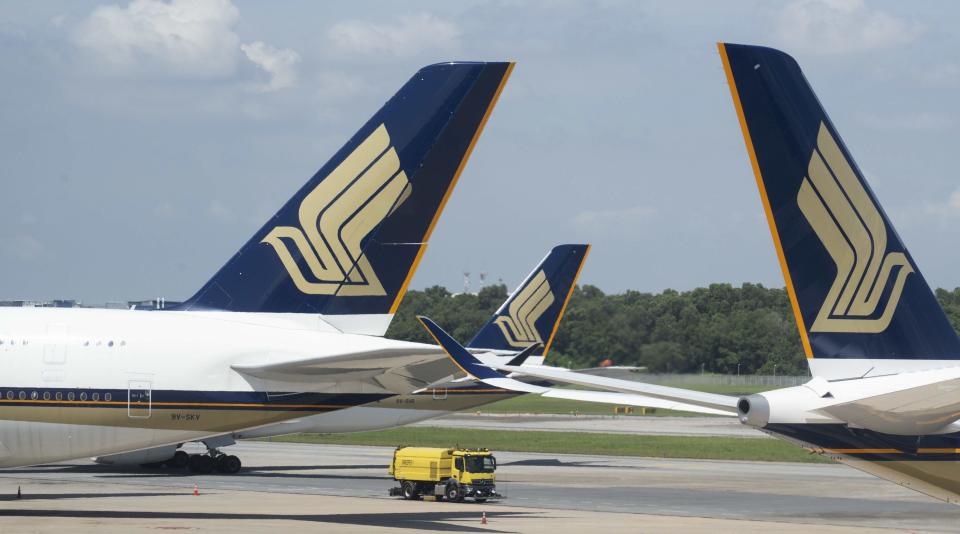
The Civil Aviation Authority of Singapore unveiled the Singapore Sustainable Air Hub Blueprint on Feb 19.
Singapore's decision to introduce a sustainable aviation fuel (SAF) levy for outbound flights in 2026 may be unpopular among travellers, but experts say it is a forward-looking and innovative approach that will spur progress in sustainability.
Frederick Teo, CEO of Temasek subsidiary GenZero, says the levy structure provides “much-needed transparency and cost certainty” to travellers and airlines while enabling Singapore to meet its SAF ambitions.
This is unlike the conventional mandate in other countries for minimum SAF usage, which places the burden on individual airlines to purchase the cleaner jet fuel and adjust ticket prices themselves.
Teo says Singapore’s approach “kickstarts a virtuous circle” towards aviation decarbonisation. “Clear demand signals could accelerate SAF production and in turn spur SAF adoption globally.”
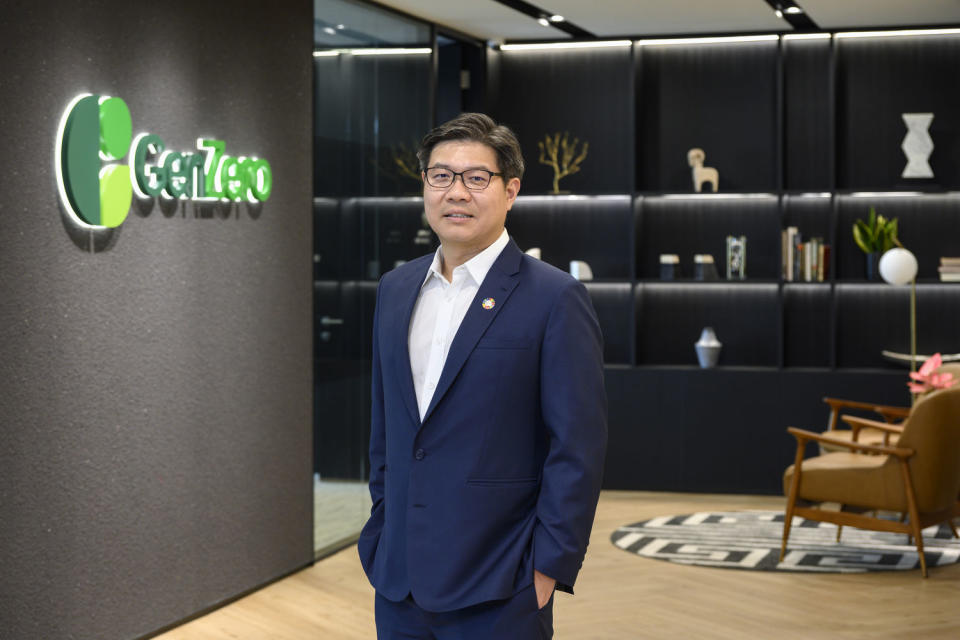
The Civil Aviation Authority of Singapore (CAAS) unveiled the Singapore Sustainable Air Hub Blueprint on Feb 19, outlining Singapore’s action plan for the decarbonisation of its aviation sector.
According to CAAS, the “fixed cost envelope approach” provides cost certainty to airlines and travellers. The local aviation authority estimates that the levy could increase ticket price for an economy class passenger on a direct flight from Singapore to Bangkok, Tokyo and London by around $3, $6 and $16 respectively.
Passengers in premium classes will pay higher levies, adds CAAS.
At present, SAF cannot be used alone; it has to be blended with conventional jet fuel at various ratios. For a start, flights departing Singapore will be required to use a minimum blend of 1% SAF from 2026.
CAAS aims to raise the SAF target to 3%-5% by 2030, “subject to global developments and the wider availability and adoption of SAF”.
The coming levy will go towards purchasing the fuel needed to achieve a 1% SAF target, and the SAF levy will not change, even if the actual SAF price in 2026 differs from what is projected today, says CAAS.
‘Not exorbitant’
Paying up to $16 more in a SAF levy for a long-haul flight to London is “not exorbitant”, says Toh Wee Khiang, director, Energy Market Authority. “It’s no more than a pre-departure meal at Changi Airport,” writes Toh in a post on LinkedIn.
“All in all, it's a staggering amount of SAF that will be needed worldwide to decarbonise long-haul aviation. Aggregating the agri waste needed as feedstock will be a huge economic opportunity,” says Toh of biofuels.
Biofuel is a broad label for jet fuel produced with agricultural crops, or industrial, agricultural, municipal or household waste. Some examples include used cooking oil, corn husks and waste animal fat.
The levy “isn’t about jacking up ticket prices”, says Genevieve Toh, marketing and public relations head at Singapore-headquartered FlyORO. “It’s a savvy move to lighten the load on SAF premiums and, in my opinion, give the whole SAF supply chain a boost.”
FlyORO claims to have built the “world’s first modular SAF blending system”. Toh adds in a LinkedIn post: “With nearly 59 million passengers making moves at Singapore Changi Airport in 2023, we should expect a sizeable SAF ecosystem by 2026 just out of Singapore.”
Passive passengers
The current levy is a “modest increment”, says GenZero’s Teo, one that strikes a “good balance” between business continuity, affordability and sustainability.
In November 2023, GenZero, Singapore Airlines C6l (SIA) and CAAS announced they had completed a 20-month SAF pilot, which saw blended SAF being delivered to Changi Airport via the airport’s fuel hydrant system. Singapore was then declared “operationally ready for SAF”.
Teo was still working in Temasek when the SAF pilot was formulated. Teo told The Edge Singapore last year that his team had calculated that flight ticket prices would only increase by about 10% when SAF is blended at the maximum 50%.
As part of the pilot, the three parties also announced the sale of 1,000 SAF credits from July 2022, which passengers on SIA flights could purchase to offset their emissions from flying.
This was in addition to voluntary carbon offsets that SIA had launched in June 2021, where passengers could support verified carbon offsets projects across Asia. These projects include preserving rainforests in Indonesia, building solar energy projects in India and distributing clean-burning stoves for villagers in Nepal.
However, passenger response had been tepid, said SIA Group CEO Goh Choon Phong at the airline’s results briefing for FY2023 ended March 31, 2023. “The take-up is not strong. We will continue to try to encourage [this], but at the end of the day, it will be up to individual passengers to decide.”
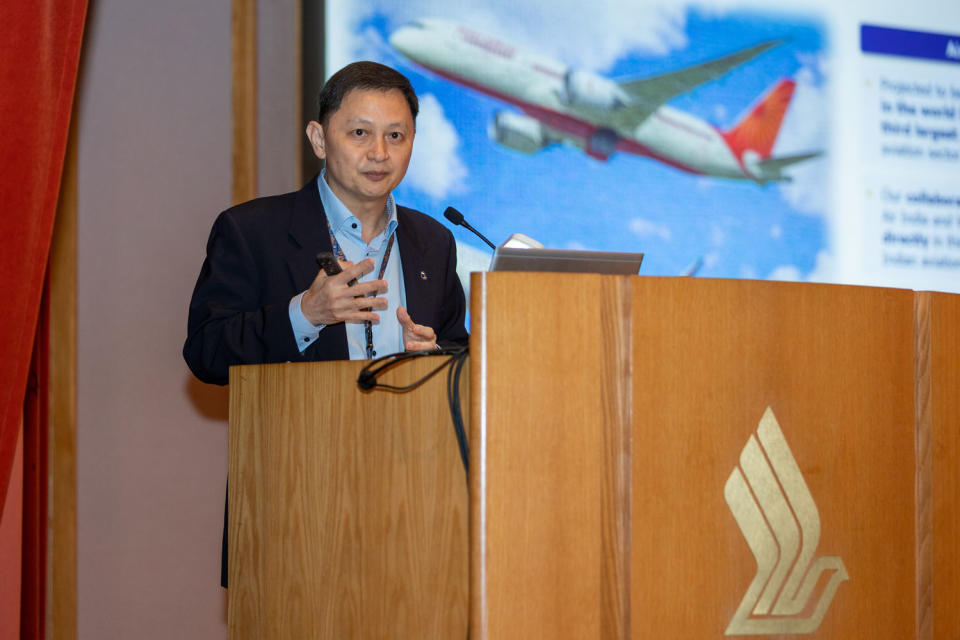
SIA’s targets
The SIA Group targets for SAF to comprise 5% of total fuel uplift by 2030, and the airline calls the Blueprint “a step in the right direction”.
“We have been working on increasing our SAF procurement in a calibrated manner to attain our 5% goal by 2030, and will announce more details at an appropriate time,” says an SIA spokesperson.
SIA says it will continue to collaborate with governments and aviation partners, such as aircraft manufacturers, technology providers and fuel suppliers, to accelerate the “development, deployment and commercialisation” of SAF in Singapore.
Under the 20-month pilot, for example, 1,000 tonnes of neat SAF were supplied by Finnish energy giant Neste and blended with refined jet fuel at ExxonMobil’s facilities in Singapore for use on SIA and Scoot flights.
Neste itself made headlines in May 2023 with its expanded refinery at Tuas South — touted as the “world’s largest jet fuel production facility”. While Neste’s Singapore refinery has been operational since 2010, the upgraded 45ha facility was marketed as being able to produce up to a million tonnes of SAF each year.
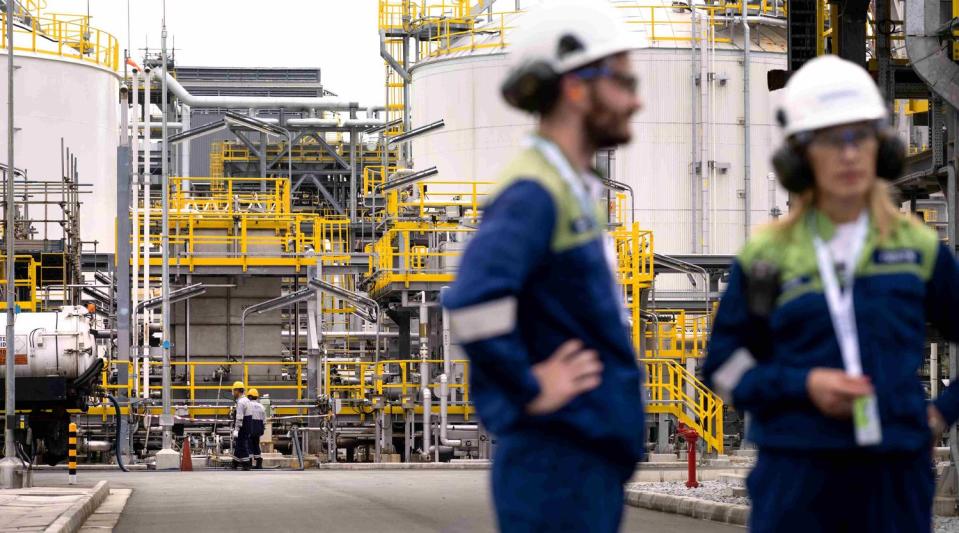
Sami Jauhiainen, vice-president APAC from the renewable aviation business at Neste, calls Singapore’s plan “an encouraging and positive step” towards reducing the climate impact of aviation.
Jauhiainen says Neste — the world’s leading producer of SAF — is “committed to supporting Singapore’s ambitions”. “The Blueprint strengthens Singapore’s forerunner position in the Asia-Pacific region in driving more sustainable flying. SAF is a key lever to achieving the goal of net-zero aviation by 2050 and governments play a crucial role in translating that ambition to targets and policy frameworks.”
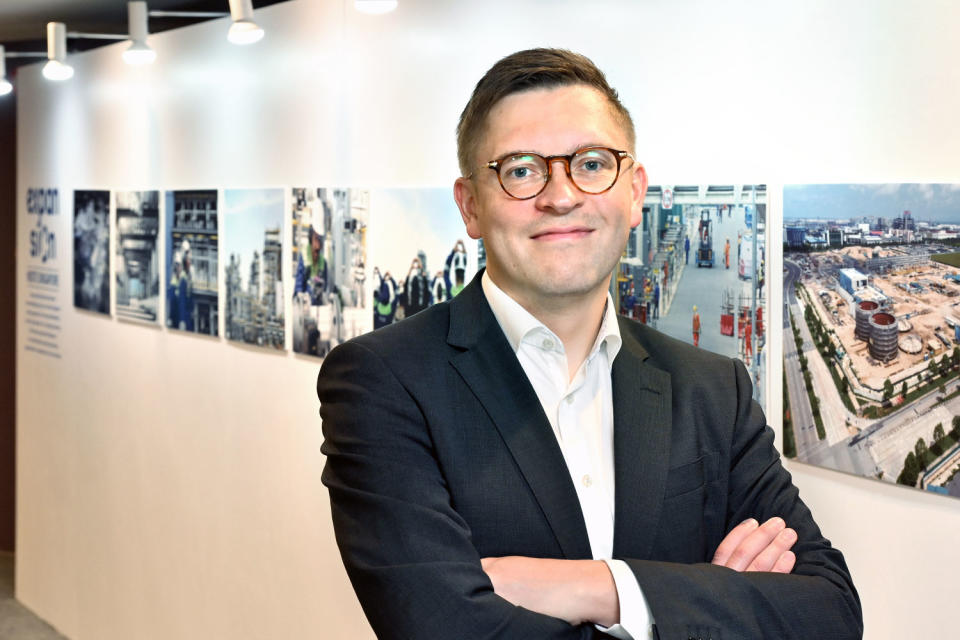
In turn, Julie Kitcher, chief sustainability officer and communications at Airbus, says the aircraft manufacturer has a “strong partnership” with Neste.
Kitcher, who is based in France, visited Neste’s Singapore refinery earlier this week. In a LinkedIn post, she adds: “As we prepare our latest-generation aircraft to be able to fly with up to 100% SAF, we are working together to ensure the SAF ecosystem is ready to fill those tanks.”
Currently, all Airbus aircraft are capable of flying on a maximum 50% blend of SAF and conventional fuel. The manufacturer targets for all its aircraft and helicopters to be capable of flying with up to 100% SAF by 2030.
Net-zero aviation by 2050
Aside from the SAF levy, the Blueprint outlines Singapore’s goal to reduce domestic aviation emissions from airport operations by 20% in 2030, from 2019 levels.
These include emissions from the operation of vehicles, facilities and buildings for aircraft, passenger, baggage and cargo-handling at Changi and Seletar airports.
It does not include targets for Changi East developments, including Terminal 5, which are not yet operational today. CAAS says these will be determined separately.
Singapore also aims to achieve net-zero domestic and international aviation emissions by 2050. This includes emissions from international flights operated by Singapore-based operators.
These targets will be submitted to the International Civil Aviation Organization (ICAO) as Singapore’s State Action Plan this month.
CAAS says it will introduce five initiatives to reduce energy use and deploy renewables at the airport.
These include increasing solar power deployment at Changi and Seletar airports, using cleaner energy for airside vehicles at Changi Airport and improving building energy efficiency.
Airside vehicles include luggage and cargo containers, in-flight meal trucks, engine servicing trucks and tow tugs, which shuttle between the planes and the terminals on the tarmac.
This year, CAAS will start a trial on the use of renewable diesel for airside vehicles — “particularly heavy and specialised vehicles” — to better understand the feasibility, cost and operational impact of using renewable diesel as a cleaner energy source for airside vehicles.
First announced in February 2022, the Blueprint had been expected to be released in 2023. The Blueprint is based on the recommendations of an international advisory panel convened by CAAS, which consulted more than 120 representatives from 40 domestic and international partners.
Among them was Steve Howard, vice-chairman of Temasek and board member at GenZero.
The Blueprint “helps translate theory into reality”, says GenZero’s Teo, by outlining concrete next steps and a clear roadmap to get to net-zero aviation.
“It also underscores the importance of ecosystem collaboration through its holistic approach of initiatives across airport, airline and air traffic management domains to catalyse momentum towards aviation decarbonisation.”
Photos: Albert Chua/The Edge Singapore
See Also:
Click here to stay updated with the Latest Business & Investment News in Singapore
SIA and government formalise manpower training and deployment for future crises
Keppel and GenZero sign MOU to accelerate Southeast Asia's clean energy transition
Get in-depth insights from our expert contributors, and dive into financial and economic trends

 Yahoo Finance
Yahoo Finance 